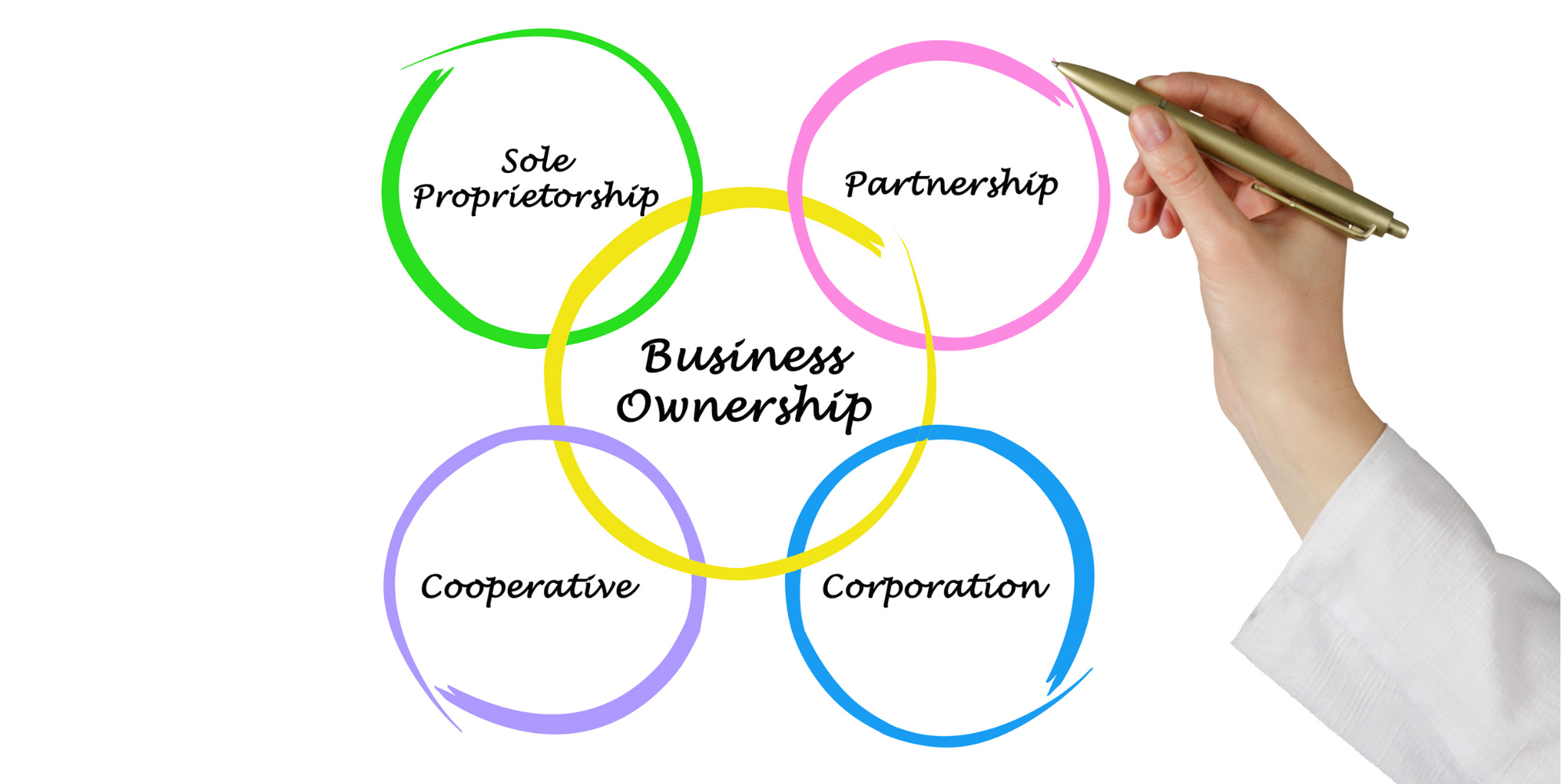Demystifying Ownership Structures: A Comprehensive Guide
Ownership Structures

Navigating through the intricate web of ownership structures can be daunting. Whether you're a budding entrepreneur or a seasoned business owner, understanding the nuances of ownership can be a game-changer. In this comprehensive guide, we'll unravel the complexities surrounding ownership structures, demystifying the jargon and offering clarity on the various options available.
From sole proprietorships and partnerships to corporations and cooperatives, each ownership model has its unique advantages and challenges. By delving into this guide, you'll gain profound insights into the most suitable ownership structure for your business. We'll uncover the crucial factors to consider when making this pivotal decision and equip you with the knowledge to make informed choices.
With a light shed on the legal, financial, and operational implications of each ownership type, you'll be empowered to chart a course that aligns with your objectives. By the end of this journey, you'll possess the confidence to navigate the labyrinth of ownership structures and make decisions that propel your business forward.
Understanding ownership structures
Ownership structures refer to the legal framework within which a business is operated, owned, and controlled. These structures determine the rights, obligations, and decision-making authority of the individuals or entities involved in the business. Understanding the implications of different ownership structures is crucial for defining the relationships between owners, investors, and stakeholders. It also shapes the operational and financial aspects of the business, impacting everything from taxation to liability.
When considering ownership structures, it's essential to assess the long-term goals and vision for the business. Different structures offer varying levels of control, liability protection, and tax implications. By understanding the nuances of each model, business owners can make informed decisions that align with their objectives and mitigate potential risks.
Types of ownership structures
There are several primary ownership structures, each with its distinct characteristics and legal implications. These include sole proprietorships, partnerships, corporations, and cooperatives.
- Sole Proprietorship: This is the simplest form of business ownership, where a single individual is the sole owner of the enterprise. The owner has full control over the business and retains all profits but also assumes unlimited personal liability for the business's debts and obligations.
- Partnerships: Partnerships involve two or more individuals who share ownership of the business. There are several types of partnerships, including general partnerships, limited partnerships, and limited liability partnerships, each with its unique allocation of control, liability, and taxation.
- Corporations: Corporations are separate legal entities from their owners, providing limited liability protection. They can issue stock and are subject to complex regulatory requirements. Corporations offer distinct advantages in terms of raising capital and transferring ownership but are also subject to double taxation.
- Cooperatives: Cooperatives are owned and operated by the members they serve. They follow a democratic governance structure, with profits distributed among the members based on their participation in the cooperative.
Pros and cons of different ownership structures
Each ownership structure comes with its own set of advantages and challenges. Sole proprietorships offer simplicity and full control but expose the owner to personal liability. Partnerships allow for shared decision-making and resources but may lead to conflicts and shared liability. Corporations provide limited liability and easier access to capital but are subject to complex regulatory and compliance requirements. Cooperatives promote a sense of community and shared benefits but require active member participation and democratic decision-making.
Assessing the pros and cons of each structure in the context of the business's specific needs is crucial for making an informed decision. It's essential to consider factors such as control, liability, taxation, and flexibility when evaluating the most suitable ownership model.
Choosing the right ownership structure for your business
Selecting the optimal ownership structure for your business requires a thoughtful analysis of various factors, including the nature of the business, long-term goals, risk tolerance, and tax implications. It's important to assess the level of control and decision-making authority desired, as well as the potential impact on personal liability and tax obligations.
Additionally, consideration should be given to the ability to raise capital, transfer ownership, and navigate regulatory requirements. Engaging with legal and financial advisors can provide valuable insights and guidance in evaluating the best fit for the business's ownership structure.
Legal and tax implications of ownership structures
The choice of ownership structure has significant legal and tax implications. Sole proprietors and partners are typically taxed at the individual level, while corporations face double taxation, with profits taxed at both the corporate and individual levels. Understanding the tax implications of each structure is crucial for optimizing the business's financial strategy and complying with regulatory requirements.
Moreover, the legal framework governing each ownership structure dictates the obligations, rights, and responsibilities of the business and its owners. Compliance with corporate governance, reporting, and disclosure requirements is essential for maintaining the legal standing of the business and protecting the interests of the owners and stakeholders.
Setting up an ownership structure
Establishing the chosen ownership structure involves fulfilling specific legal and administrative requirements. For sole proprietorships and partnerships, this may involve obtaining the necessary business licenses, permits, and tax registrations. Corporations must adhere to formal incorporation procedures, including drafting articles of incorporation, appointing directors, and issuing stock certificates.
Cooperatives need to establish democratic governance processes, membership criteria, and profit-sharing mechanisms. Engaging legal counsel and financial advisors during the setup phase can ensure compliance with regulatory requirements and mitigate potential legal risks.
Ownership structure case studies
To gain a deeper understanding of the practical implications of ownership structures, it's valuable to explore real-world case studies. Examining successful businesses operating under different ownership models provides insights into the strategic considerations, operational dynamics, and financial outcomes associated with each structure.
Case studies can illustrate the impact of ownership structures on decision-making, risk management, and long-term sustainability. By analyzing the experiences of businesses in diverse industries and contexts, entrepreneurs and business owners can glean valuable lessons and apply them to their own strategic planning.
Common misconceptions about ownership structures
Misconceptions about ownership structures can lead to suboptimal decision-making and missed opportunities. One common misconception is that sole proprietorships are the only option for small businesses, overlooking the benefits of partnerships or limited liability company (LLC) structures. Another misconception is that incorporating as a C corporation is the best choice for all businesses, disregarding the tax implications and administrative complexities associated with this structure.
Addressing these misconceptions requires a nuanced understanding of the advantages and limitations of each ownership model. By debunking misconceptions and embracing a holistic view of ownership structures, business owners can make informed choices that align with their unique circumstances and aspirations.
Resources for further learning about ownership structures
Continued learning and exploration of ownership structures are essential for staying informed about evolving business trends and regulatory developments. Numerous resources are available to deepen one's knowledge of ownership structures, including industry publications, legal journals, and business advisory websites. Engaging in ongoing education and networking within professional communities can provide valuable insights and perspectives on ownership structures.
Additionally, seeking guidance from legal and financial professionals with expertise in business ownership can offer personalized advice tailored to the specific needs and goals of the business. Staying abreast of emerging best practices and regulatory updates is crucial for adapting the business's ownership structure to changing market conditions and opportunities.
Conclusion
In conclusion, ownership structures form the bedrock of a business's legal, financial, and operational framework. By comprehensively understanding the nuances of different ownership models and their implications, entrepreneurs and business owners can make informed decisions that position their ventures for long-term success. Demystifying ownership structures empowers individuals to navigate the complexities of business ownership with confidence, leveraging the most suitable structure to achieve their strategic objectives and mitigate potential risks.

